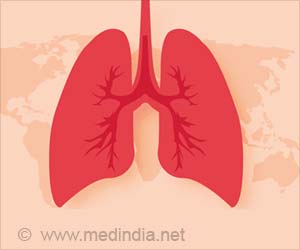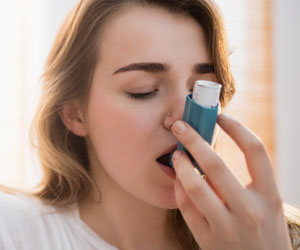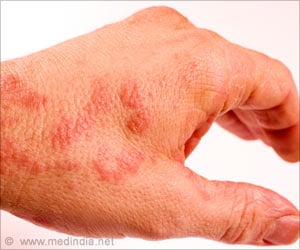Glossary
Asbestos: A highly heat-resistant, fibrous, silicate mineral used for making fabric and insulating materials for protection against fire and heat.Asthma: A respiratory disorder associated with attacks of spasm in the respiratory muscles, causing breathing difficulty.
Chlorine: A chemical element that is a toxic, irritant, greenish-yellow gas with a strong smell.
Dander: Minute scales shed from the coat and feathers of birds and animals, often causing allergic reactions in susceptible individuals.
Flax: Textile fiber derived from the flax plant.
Hemp: Fiber obtained from the cannabis plant used for making rope, fabrics, fireboard, and paper.
Immunoglobulin E (IgE): A type of antibody found only in mammals and associated with allergic reactions.
Latency period: A period in the course of a disease between exposure and first appearance of symptoms.
Nebulizer: A device that turns liquid drugs into a fine mist that can be inhaled through a mask.
Rye: A cereal plant that tolerates poor soil conditions and low temperatures.
Sulfur dioxide: A colorless, toxic, pungent gas produced by burning sulfur in air.
Wheezing: A high, rough, whistling sound in the chest due to breathing difficulty.









